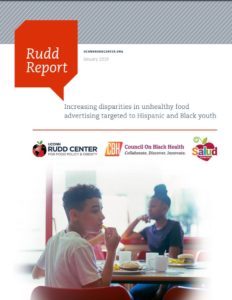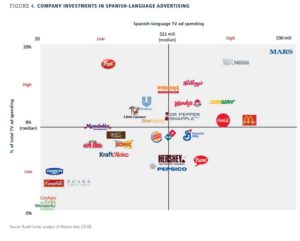Industry-sponsored research of the week: Cherries
In my book, Unsavory Truth, I mention that I often receive letters from food trade associations requesting research proposals aimed at proving the benefits of their products.
I point out that there is a big difference between calling for research to prove benefits, and open-ended basic research aimed at discovering what the actual effects might be.
Here is a delicious example from the Cherry Research Committee of the Cherry Marketing Institute:
All proposed research should be hypothesis-driven, and would strive to establish an association or to document a direct relationship between the consumption of tart cherry phytonutrients (when consumed as whole tart cherries or processed tart cherry products) and reduced risk, prevention, or improved treatment of a disease or condition of significant public interest. The study design should also examine a possible
cellular/molecular mechanism of the treatment effects.
And here’s an example of cherry-benefit research in action:
Title: Effects of Tart Cherry Juice on Biomarkers of Inflammation and Oxidative Stress in Older Adults. Chai SC, Davis K, Zhang Z, Zha L, Kirschner KF. Nutrients. 2019 Jan 22;11(2).
Conclusion: “The present study suggests that the ability of tart cherry juice to reduce systolic BP [blood pressure] and LDL cholesterol [the bad kind], in part, may be due to its anti-oxidative and anti-inflammatory properties. Larger and longer follow-up studies are needed to confirm these findings.”
Grant support: Cherry Research Committee of the Cherry Marketing Institute
Comment: As the press release explains:
Montmorency tart cherry juice helped lower systolic blood pressure and LDL or “bad” cholesterol in older adults by reducing certain biomarkers of inflammation and oxidative stress in older adults, according to a new study published in Nutrients. Larger and longer follow-up studies are needed to confirm these findings.
I posted another cherry-funded study early in December.
I love cherries. They are delicious, but this is marketing research, not basic science.
…Thanks to Casey Palmer for sending all this.

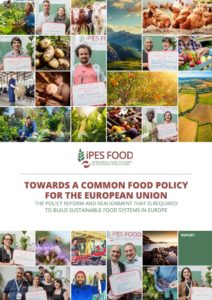

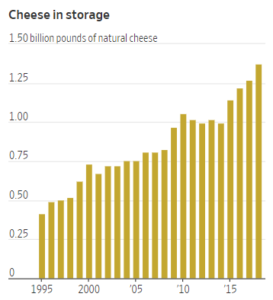
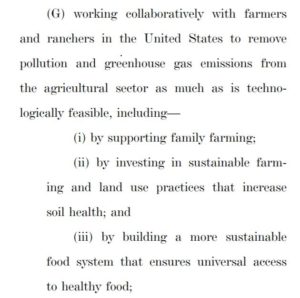 Why does this matter? Here, for example, is
Why does this matter? Here, for example, is 

